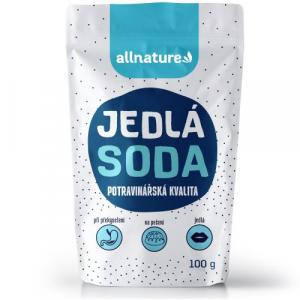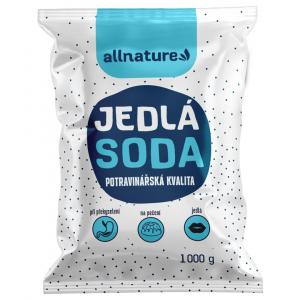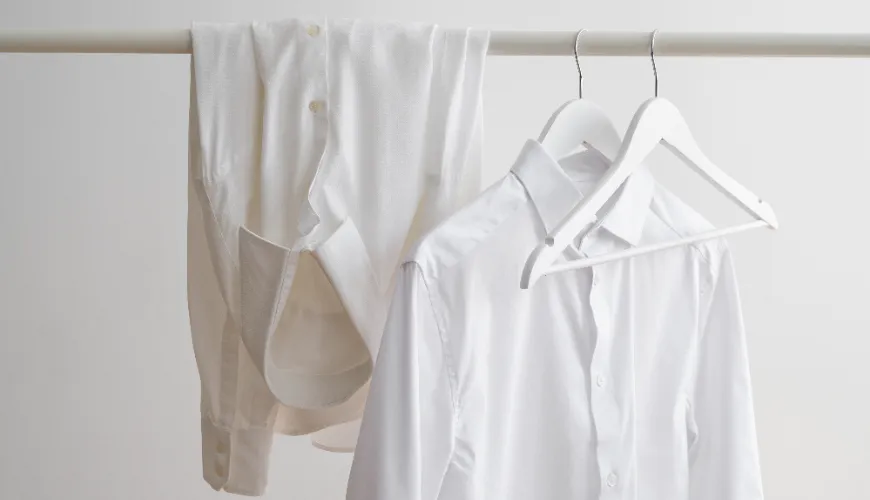
How to Clean a Burnt Iron Using Home Remedies

How to Clean an Iron - Old Wives' Tales That Work Better Than Chemicals
An iron is one of those household helpers we use often and with confidence—until unsightly scorch marks, smudges, or limescale appear on its surface. At that moment, it turns from a practical device into a source of stress and a potential threat to a favorite shirt or an expensive blouse. How to prevent this—or better yet, how to gently clean the iron when an accident occurs?
While the market offers a range of cleaning products specifically for irons, many people successfully turn to tried-and-true methods that have been passed down through generations. Old wives' tales for cleaning an iron often work surprisingly well and don't burden our wallets or the environment. Whether you're dealing with scorches, limescale, or just regular dirt, there is a solution.
When the Iron Scorches - How to Clean an Iron from Scorch Marks
The most common problem? Scorching. Just a moment of inattention, and synthetic fabric adheres to the ironing surface like glue. Not only is this unsightly, but it can also ruin other clothing. One of the most popular methods to clean an iron from scorch marks involves using salt.
Lay out old newspaper or a cloth on the ironing board and sprinkle it with coarse salt. Turn the iron to a higher temperature (without steam) and glide it over the salt as if you were ironing. The scorched residues will gradually stick to the salt, and the surface will be cleaned without using aggressive chemicals.
Another option, which works especially well on Teflon surfaces, is cleaning with baking soda and water. Gently wipe the soiled area with a paste made from these ingredients using a cloth, ensuring not to flood the iron and allow water to seep into internal circuits.
Did you know that toothpaste can also help with scorch marks? It works especially on metal surfaces, where its gentle abrasive particles remove residues without scratching. As unusual as it sounds, this method has its advocates among professionals—as confirmed by Good Housekeeping magazine, which recommends it as a "surprisingly effective first aid."
How to Clean Iron from Limescale
The steam that helps smooth even the most stubborn creases takes its toll. Limescale builds up in the steam system of the iron, clogging nozzles and reducing the efficiency of the entire device. In the worst case, it can cause damage to clothing—when instead of steam, a smudge with a reddish coating is released.
The most effective way to fight this problem? Plain vinegar. Mix white vinegar with distilled water in a 1:1 ratio and pour it into the water tank. Turn the iron to medium temperature with the steam function and let it "steam" briefly—preferably over an old cloth or towel. The vinegar will dissolve limescale inside the device and clear the clogged nozzles. After this procedure, rinse the tank several times with clean water until the vinegar smell is gone.
Some irons also have a self-cleaning function—if so, use it with this vinegar mixture. It's important to note that vinegar should never remain in the tank longer than necessary, as prolonged exposure can damage seals and plastic parts.
For those who prefer a gentler option, lemon juice as a natural alternative to vinegar is available. It has similar acidic properties but is kinder to both smell and materials. The advantage of natural acids is that they not only clean but also disinfect.
Old Wives' Tales on How to Clean an Iron Without Chemicals
Old wives' tales aren't just a nostalgic remembrance of times when people had to manage without shelves full of cleaning products. They are often eco-friendly, inexpensive, and surprisingly effective. Here are some of the most interesting picks:
- Salt + Vinegar – Mix them into a paste and gently wipe the cold ironing surface. Works on old stains and grease.
- Baking Soda + Water – A universal cleaner that can remove powder residues, scorch marks, and light deposits.
- Paracetamol (yes, really!) – If you have an iron with a metal surface and are not afraid to experiment, you can hold a paracetamol tablet (e.g., Panadol) with tweezers and glide it over the scorch mark while hot. The chemical reaction will release the dirt. Use with caution and preferably on an older device.
- Newspapers and Crayon – Mainly used for polishing the ironing surface. Spread crayon on paper and briefly glide the hot iron over it. The surface will be smooth and shiny.
Try our natural products
All these methods have one thing in common—they don't use aggressive substances that could get into the air or damage the device itself. They also confirm the old truth that sometimes simplicity is the best way.
What to Do to Prevent Iron Clogging?
Prevention is often easier than subsequent cleaning. It is crucial to use distilled or filtered water in the iron, which doesn't contain minerals that cause limescale. Regularly draining leftover water after ironing is another simple step that helps prolong the device's lifespan.
You should also never set the iron down while it's hot on fabric or surfaces that could scorch. And if contamination occurs, respond as quickly as possible—a fresh scorch is much easier to clean than an old layer.
A great example is Mrs. Alena from Brno, who dealt with a scorched iron after an accident with a polyester curtain. "I tried baking soda on a friend's advice and was surprised at how quickly it worked. The iron is like new and I didn't have to buy anything," she says. There are countless such experiences.
An iron is often an overlooked appliance, but its good condition has a direct impact on the quality of our clothes—and thus on our daily comfort. Cleaning it regularly and gently is a small step that pays off in the long run not only for your wallet but also for the environment. Simplicity is key—the real strength lies in returning to tried-and-true advice.




